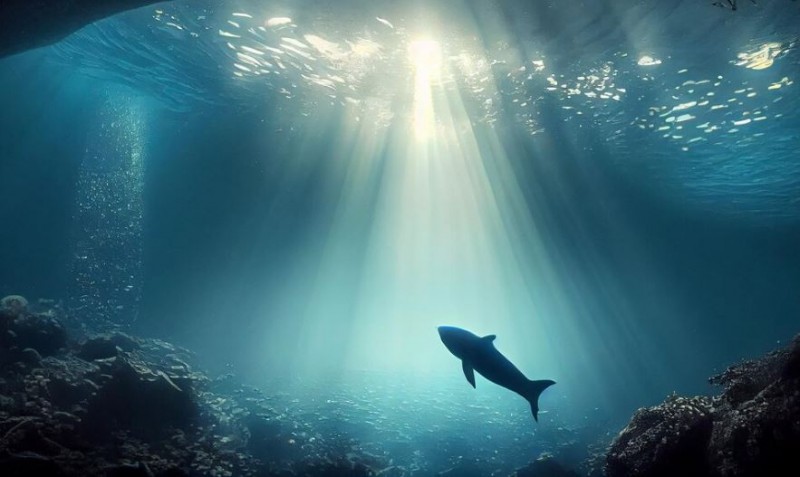
The Earth's oceans remain one of the last frontiers of exploration, holding vast mysteries and untapped resources beneath their surface. Over the years, numerous countries have embarked on ambitious missions to study and understand the depths of the ocean, venturing into the darkness where sunlight cannot penetrate. In this article, we will delve into the significant milestones achieved by various nations in the realm of ocean exploration, shedding light on their achievements and contributions to our understanding of the deep sea.
United States of America
The United States has been a pioneer in ocean exploration, with notable achievements dating back to the mid-20th century. In 1960, the U.S. Navy's Bathyscaphe Trieste, piloted by Don Walsh and Jacques Piccard, made history by descending to the Challenger Deep in the Mariana Trench, reaching a depth of approximately 10,912 meters. This marked the first successful manned mission to the deepest point on Earth.
In recent years, the National Oceanic and Atmospheric Administration (NOAA) and the National Aeronautics and Space Administration (NASA) have been collaborating on missions to explore and study the ocean. NOAA's Okeanos Explorer, equipped with state-of-the-art technology, has conducted numerous deep-sea expeditions to explore previously unknown ecosystems and document marine life at depths of up to 6,000 meters.
Japan
Japan has made significant contributions to ocean exploration through its advanced technology and commitment to understanding the deep sea. The Japan Agency for Marine-Earth Science and Technology (JAMSTEC) operates multiple research vessels and submersibles, including the Shinkai 6500 and the Kaiko, which have reached depths of 6,500 and 10,911 meters, respectively. These missions have provided valuable insights into deep-sea geology and biology.
China
China has rapidly expanded its capabilities in ocean exploration in recent years. The country's deep-sea submersible, Jiaolong, has made multiple dives to explore the Mariana Trench, reaching a depth of 7,062 meters. China's dedication to deep-sea research is evident in its commitment to understanding the unique ecosystems and resources hidden in the ocean's depths.
Russia
Russia, too, has a rich history of ocean exploration, with the Mir submersibles playing a pivotal role. The Mir submersibles set several records, including reaching a depth of 10,911 meters in the Puerto Rico Trench. Russian scientists have conducted extensive research in the Arctic and Antarctic oceans, contributing to our understanding of polar ecosystems.
India
India's foray into deep-sea exploration has gained momentum with the development of the Matsya 6000 submersible under the Samudrayaan project. This submersible, designed by the National Institute of Ocean Technology (NIOT), will enable scientific exploration at depths of 6,000 meters and carry three people to study deep-sea resources. This marks a significant step in India's efforts to harness the potential of its oceanic resources for sustainable utilization.
Ocean exploration has come a long way, with various countries making significant strides in understanding the depths of our planet's oceans. From the United States' historic journey to the Challenger Deep to China's recent advancements in submersible technology, nations around the world are united in their quest to unlock the secrets hidden beneath the ocean's surface.
As India prepares to launch its Matsya 6000 submersible, it joins a select group of nations dedicated to exploring and preserving our oceans. These efforts not only expand our scientific knowledge but also hold the promise of sustainable utilization of ocean resources, contributing to a better future for our planet. The collaborative spirit of international ocean exploration ensures that we continue to push the boundaries of our understanding of the deep sea and the incredible life it sustains.
Heated Exchange in Parliament Over Women's Reservation Bill
Canada's Long-Standing Ties to Khalistani Extremism: A Diplomatic Crisis with India
Hardeep Singh Nijjar: The Khalistan Sympathizer Who Sparked an India-Canada Diplomatic Row